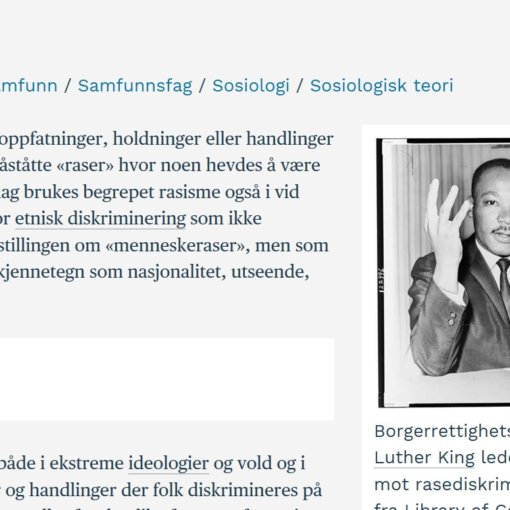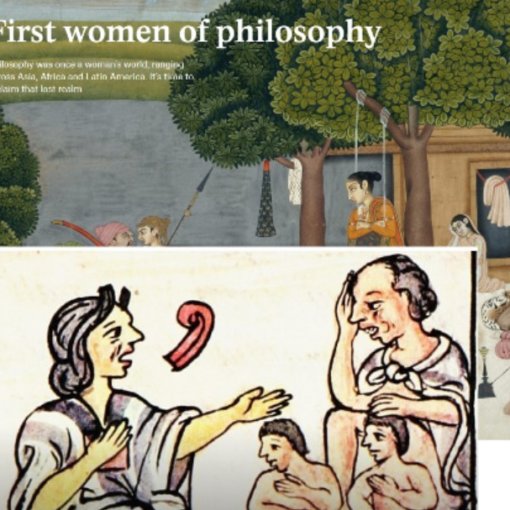«The warped history that fuels right-wing terrorism» is the title of Ishaan Tharoor’s «World View» analysis in The Washington Post on March 22, 2019 (main pic: iStock, WP

Tharoor is a foreign affairs reporter for the US paper, and he connects the dots between the right-wing extremist terror in Norway on July 22, 2011 – killing 77 – and the Christchurch mosque terror in New Zealand on March 15, 2019. The terrorist in New Zealand killed 51 Muslims, including children.
In both attacks, the terrorists referred to the Battle of Vienna in 1683 in order to legitimize their mass killings. In Norway, Breivik named his so-called manifesto «2083» to mark the 400th anniversary of the Vienna battle.
In The Washington Post, Tharoor refers to Dag Herbjørnsrud’s Aeon essay «The Real Battle of Vienna» which argues that this was not a fight between cross and crescent. The Aeon text challenges the common myths about the battle as a stand-off between Islam and Christianity. Tharoor writes:
‘The Ottoman Empire — itself a vast, multiethnic political entity — was in league with the Catholic French king, and its troops’ advance on the Austrian city was sped by the legendary Hungarian Protestant noble Imre Thokoly, who marched under the Ottoman banner with an
On the opposing side, the Polish armies that came to Vienna’s rescue included a vital faction of Tatar horsemen that helped turn the tide of battle against the Ottomans. They happened to be
In his 2009 book “Two Faiths, One Banner: When Muslims Marched With Christians Across Europe’s Battlegrounds,” British academic Ian Almond argued how ahistoric it is to reduce such older conflicts to the binary prism constructed by today’s Western nationalists. The scheme of a clash of civilizations, he argued, does little to describe the “almost hopelessly complex web of shifting power-relations, feudal alliances, ethnic sympathies and historical grudges” that shaped much of European history.’

Similarly, James M. Dorsey, a
«Much like popular perception of the battle for Vienna, Tarrant’s view of history had little relation to reality. A multi-cultural empire, the Ottomans laid siege to Vienna in cooperation with Catholic French King Louis XIV and Hungarian Protestant noble Imre Thokoly as well as Ukrainian Cossacks. Vienna’s Habsburg rulers were supported not only by Polish armies but also Muslim Tartar horsemen. “The Battle of Vienna was a multicultural drama; an example of the complex and paradoxical twists of European history. There never has been such a thing as the
More info on the relationship between Islam and Christianity is at SGOKI’s English page:





